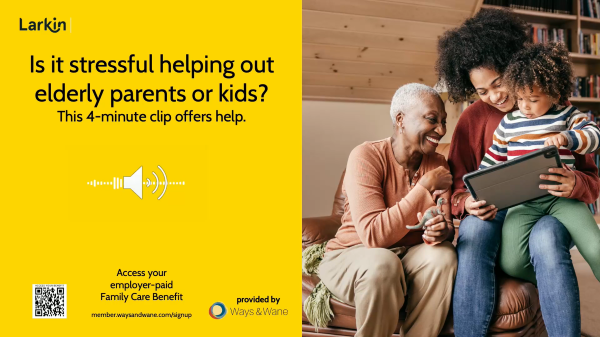When the doctor asks my father a question, he usually says: “Just ask my daughter. She has it all in the book!” (referring to the GoKit Medical Planner)

So what happens when you get a new diagnosis? It can be overwhelming to not only the older adult, but also to the family as well.
- What questions do you ask the doctor?
- What information should you have stored and available?
- How do you keep track of changing medications and information that you receive?
- What happens if the older adult is hospitalized and you’re trying to figure out what does discharge look like?
All of these questions are important, and planning for the care journey is important. Having this information readily available can put you and your loved one at ease. Our GoKit medical planner is right here. It is a great tool to utilize just for this. In this planner you can not only store important information, but you can store emergency contact information, updated prescriptions, just a variety of information.
In particular, I wanted to point out my favorite parts of the planner:
The first part is the hospital section. Here in the hospital section, this is a great reminder of when you’re in the hospital of what questions you should ask. You can take notes here. Also, any concerns that you may see when you’re visiting with the older adult in the hospital, you can put that here as well. This is a great tool to utilize especially as doctors come in and out of the room. Providers come in and out. You’re getting tons of information. What a way to keep track of it!
The next part of the planner that I wanted to point out also deals with the hospital section, but also the Nursing Home section. So it is our hospital and nursing home discharge section here, and here you’ll see a list of questions just to remind you what to ask and talk about with the discharge team. You want to know what equipment does your older adult need at home. Has there been any medication changes? What does that look like? What do you have to plan for? What do you have to order? Also, any diet restrictions. Things like that. Questions that you may not even think of at the time. This is a great tool to remind you of that, to make sure that you’re checking off what you need at home to make sure that they have a successful and smooth discharge and transition back home.
Another part of the medical planner I love to point out. I always encourage clients to just store important documents here. Those important documents in particular I like to encourage to store are insurance cards, IDs, as well as power of attorney documents. So if you’re at a doctor’s appointment, if you’re in a hospital, wherever that may be, you have easy access to that.
I had a recent client who expressed that she was just so thankful for this planner. He literally took it everywhere, and she stored her father’s information in there as well. So when they went to a doctor’s appointment, she was able to pull that out and let the doctor know this is how his numbers are reading for his blood pressure. This is what medications he’s currently taking, and the medication that you know, he may have had a bad effect on whatever that looked like at the time. She was able to just put that in there, and it was peace of mind which is one of the most important things.
Of course you choose how you want to use it, and what you want to store in it. We do have a 4 week coaching series to help you navigate as well as complete the medical planner as well.
So I hope this information has been helpful for you. If you’d like a GoKit medical planner, or just simply more information about it take a look at our GoKit page. I hope you find joy in loving one another well.









